Friction Materials Buyer's Guide: Compare Asbestos, Ceramic & NAO for Industrial Applications
I. Friction Materials: Core Components for Industrial Safety
Friction materials are the core functional components of mechanical transmission and braking systems, and are widely used in automobiles, aerospace, and construction machinery. According to the international standard ISO 6314, when the dry friction coefficient of the material and metal dyad is > 0.2, it is defined as friction material. Its performance is directly related to the safety and service life of the equipment, and the global market size is expected to exceed USD XX billion in 2025 (Source: Grand View Research).
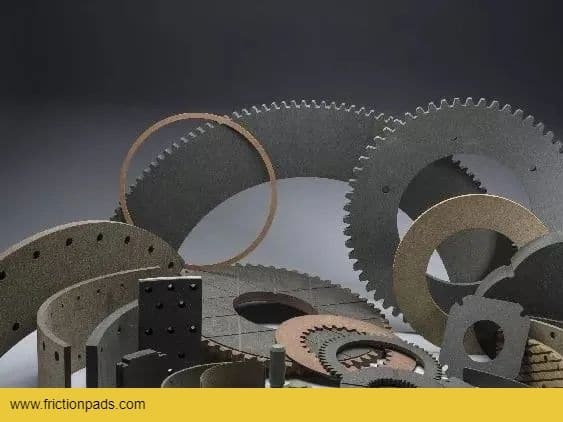
II.Key Classification and Technology Comparison
1. Classification by Friction Characteristics
Type | Friction Coefficient | Typical Applications |
High Friction Materials (Friction Materials) | 0.3-0.6 | Brake Pads, Clutch Pads |
Low Friction Materials (Friction Reducing Materials) | <0.2 | Bearing, Lubrication Components biancheng |
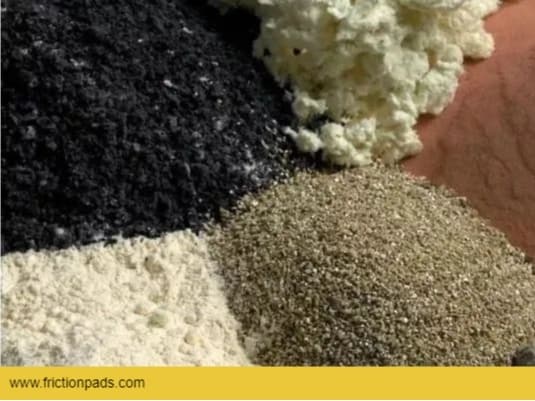
- Classification by Function and Shape
- Transmission: Clutch Pads (Circumferential), Profiled Friction Pads (Specialized for Construction Machinery)
- Braking: disk/drum brake pads (for cars), brake shoes (for trains, thickness 25-30mm), brake bands (for agricultural machinery)
3. Classification by materials
(1) Traditional asbestos materials
- Advantages: low cost, good processability
- Disadvantages: carcinogenicity (banned in 90% of countries worldwide)
- Residual applications: old machinery in some developing countries
(2) Asbestos-free alternatives
Type | Core | Composition Advantages | Limitations | Applicable Scenarios |
Semi-metallic | 30-50% steel fibers | High temperature resistance,fast thermal conductivity | High noise | Heavy-duty automobile brake pads |
NAO | mixed inorganic fibers | Low noise, environmentally friendly | Higher cost | Medium- and high-end automobiles |
powder metallurgy | Iron/copper based sintering | long life | expensive | Aircraft, mining machinery |
carbon fiber | Carbon-Carbon Composites | Lightweight and resistant to extreme temperatures | Highest cost | Fighter jets, F1 cars |
Semi-metallic:
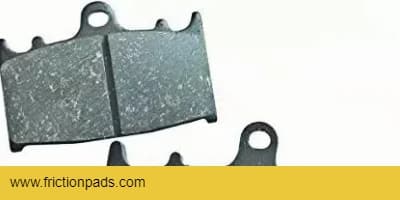
NAO:
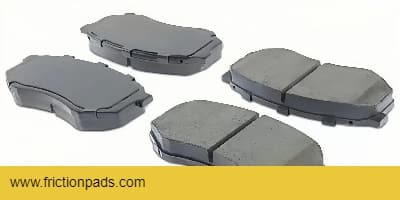
powder metallurgy:
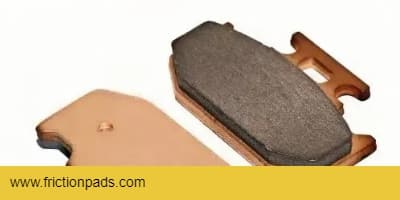
carbon fiber:
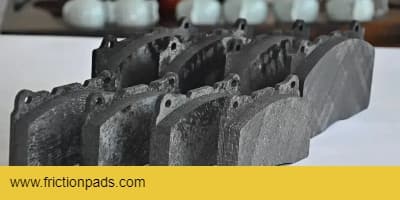
(3) Cutting-edge ceramic materials
- Technology highlights: nano-ceramic particles reinforcement, friction coefficient stabilized at 0.4-0.5
- Representative applications: high-speed rail brake discs, electric sports car high-performance brake pads
III.Selection Decision Tree: Matching Your Industrial Needs
1.Budget Priority → Semi-metallic Materials (Cost-Effective Choice)
2.Environmental compliance → NAO materials (through the European Union REACH certification)
3.Extreme working conditions → carbon fiber / ceramic materials (temperature > 800 ℃)
4.Aftermarket → customized formulations (support OEM parameter adjustment)
IV. Global Sourcing Guide
- European and American Markets: Mainly NAO/Ceramic Materials (ECE R90 compliant)
- Emerging markets: semi-metallic materials (adapted to high temperature and high humidity environments)
- Wind power / mining industry: powder metallurgy program (life>50,000 hours)
[Act Now] Get your exclusive solution!
✅ Free Sample: Experience the ultimate performance of carbon fiber brake pads
✅ Technical Consultation: Our engineers provide you with 1-to-1 selection support
✅ OEM Customization: Support for adjusting formulations according to ISO/SAE standards
Click to contact our customer service to get our product catalog
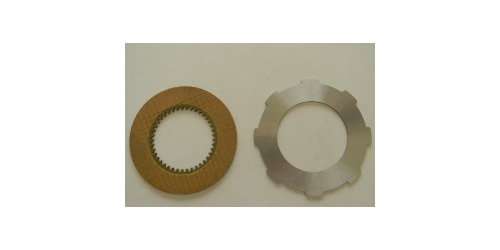 Precautions for Replacing Forklift Clutch Friction Plates
Precautions for Replacing Forklift Clutch Friction Plates
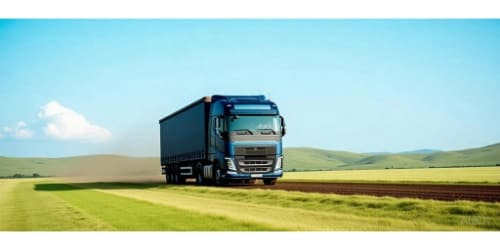 Choosing High-Temp Clutch Facings: A Guide for Heavy Trucks
Choosing High-Temp Clutch Facings: A Guide for Heavy Trucks
 "Best Wear Resistance" Is The Wrong Question: Guidelines for engineers on how to select the best clutch facing
"Best Wear Resistance" Is The Wrong Question: Guidelines for engineers on how to select the best clutch facing
 Beyond the Datasheet: A Deep Dive into the Friction Performance of Woven Clutch Facings
Beyond the Datasheet: A Deep Dive into the Friction Performance of Woven Clutch Facings

